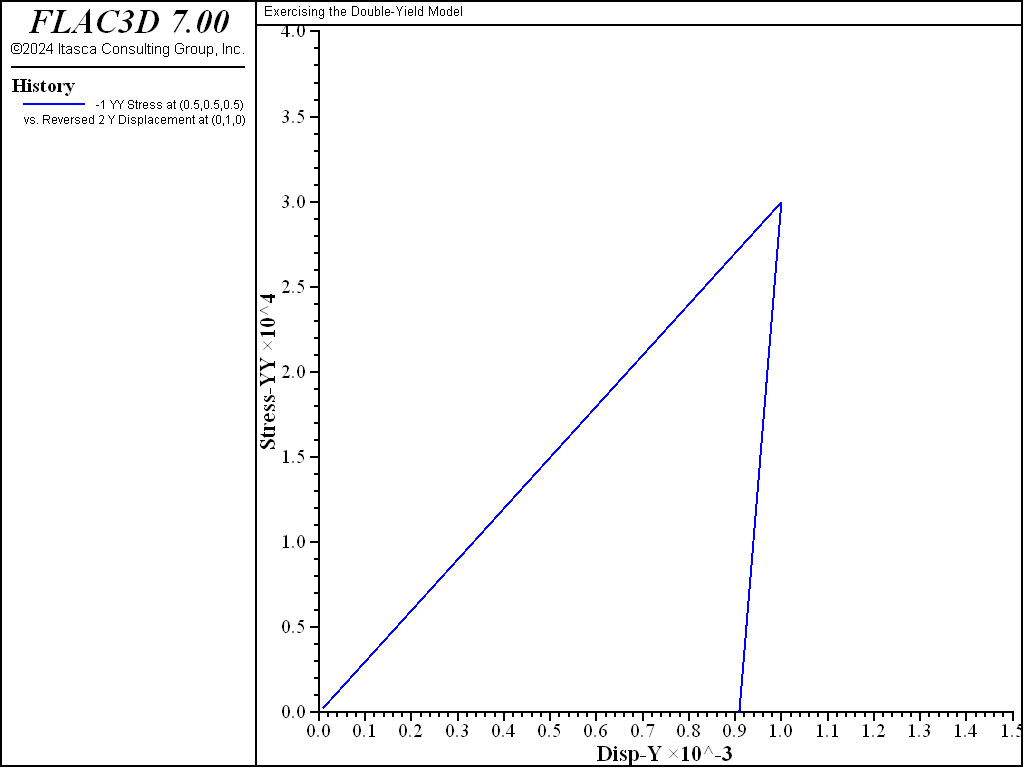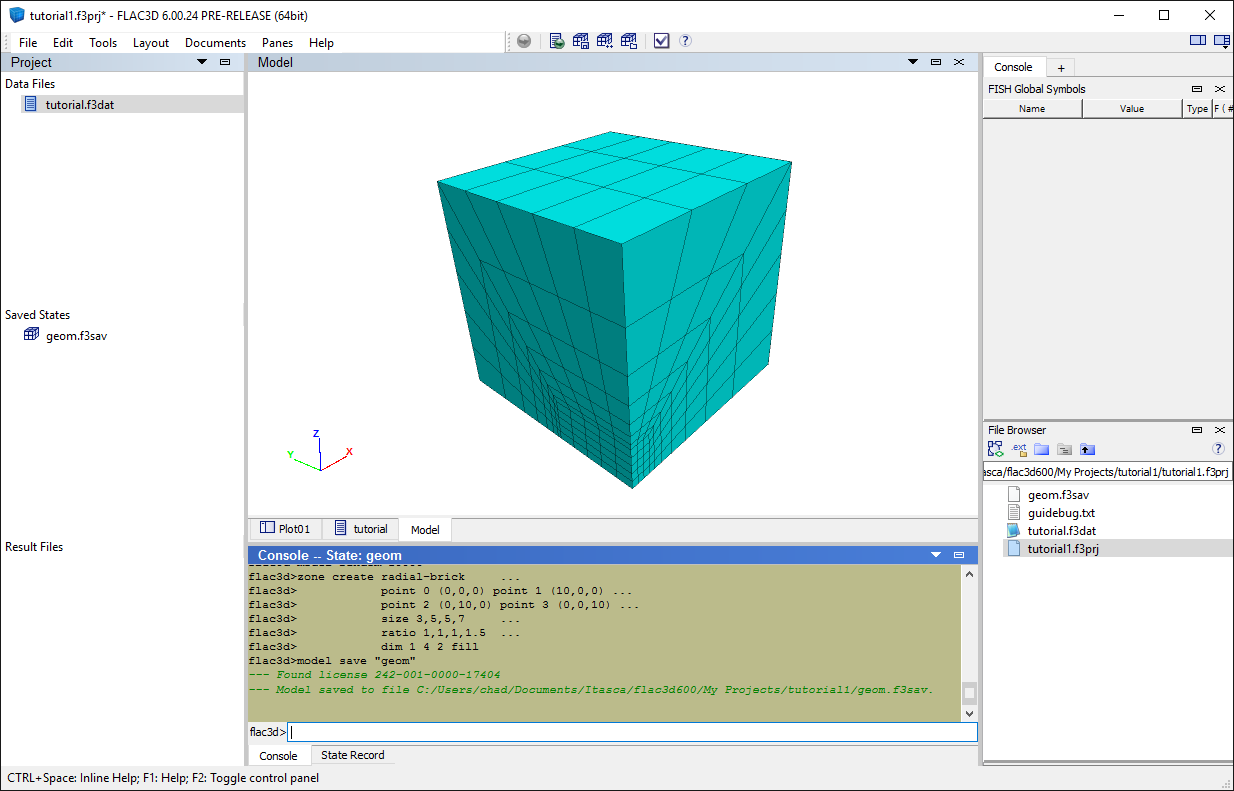

If the cyclic softening is taken into account, the calculated shear strength is significantly reduced, and the convergence of the model is improved when the shear stress of the backbone curve can be continuously transferred to the softening main curve. When the shear strain is larger than >Ġ.01%, the modified model describes better the damping ratio-shear strain relationship than Hardin-Drnevich model and Davidenkov model. It is shown that the calculated backbone curve is consistent with the theoretical formula, and the calculated dynamic shear modulus ratio and damping ratio are in good agreement with the experimental data. A secondary development of the constitutive model is implemented into the FLAC3D platform, and the proposed procedure is verified by the theoretical formulation and the experimental data available in the references.

On the basis of existing nonlinear dynamic constitutive models, a method to deal with the cyclic softening is proposed. Therefore, it is necessary to study the nonlinear dynamic constitutive model considering cyclic softening in order to analyze the stability of seismic slope under complex conditions. Use Bulk and Shear Moduli in the topic Tips and Advice for justification of using ( \(K,G\) ) rather than ( \(E,\) ).

onset of significant strains or strength loss in soils during earthquakes. While both can be used in FLAC3D, it is believed that bulk and shear moduli correspond to more fundamental aspects of material behavior than do Young’s modulus and Poisson’s ratio. Catastrophic failure of slopes often results from cyclic softening, i.e.


 0 kommentar(er)
0 kommentar(er)
